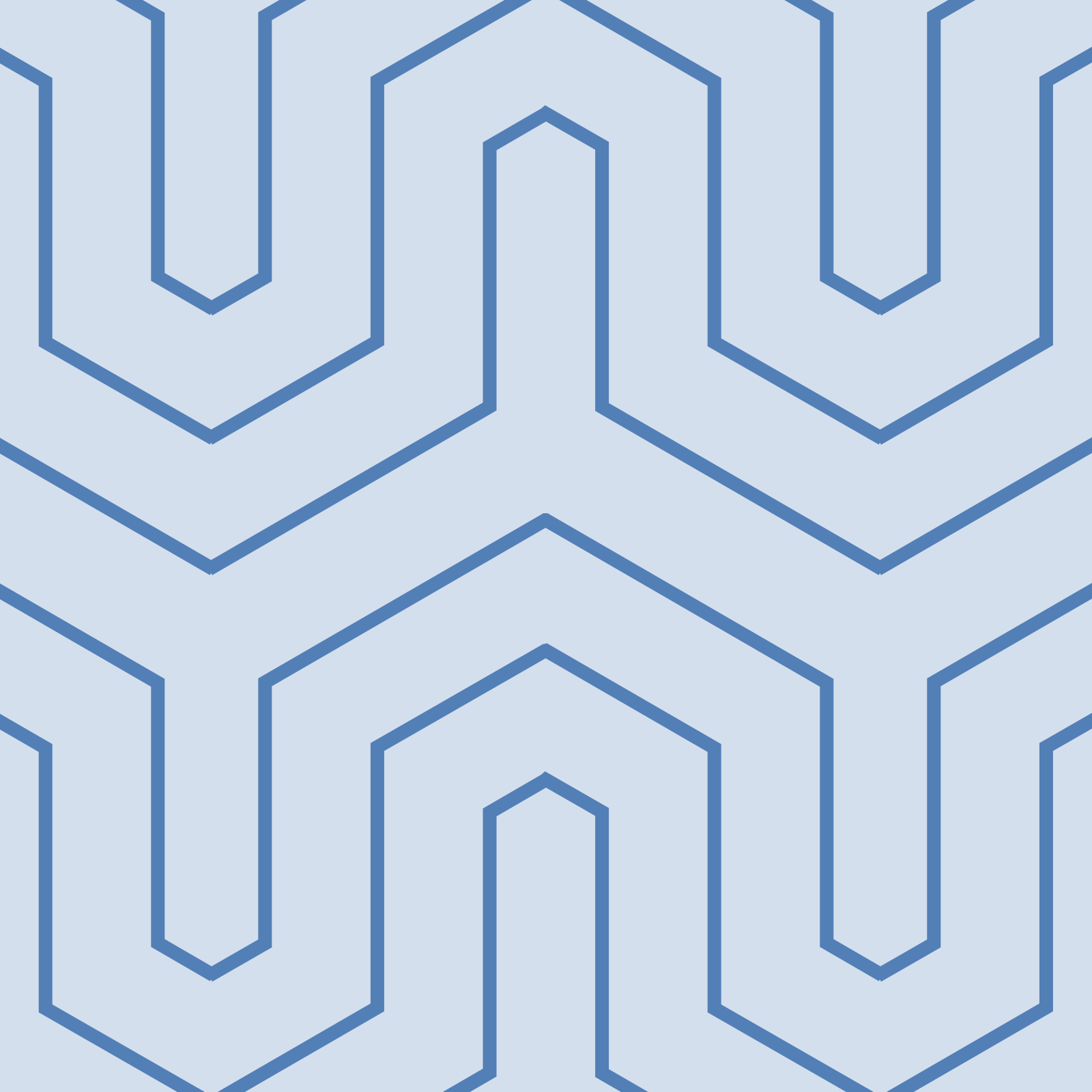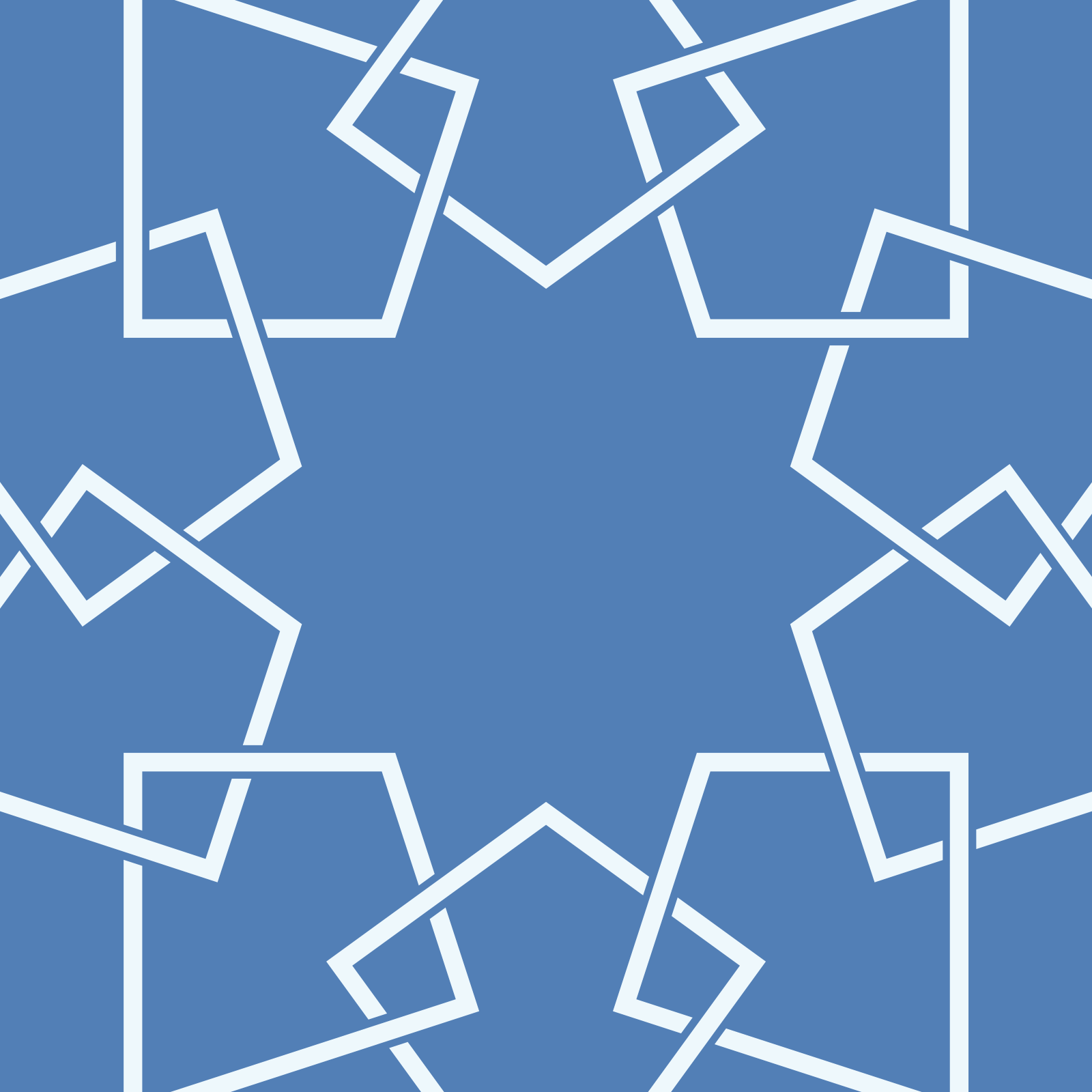6 sights in Beirut that tell the story of the city and its people
Beirut is a city that is nearly synonymous with history, glamour and delicious food. Do eat that labneh, and definitely go on those day trips to see the natural wonder of Jeita Grotto and the historical marvel that is Byblos, but don’t stop there.
We have compiled a list of lesser known but equally marvellous things to see in the Lebanese capital that tell the story of this city and its people.
1. SAINT GEORGE CATHEDRAL

When you gaze at the minarets of the Mohammad Al-Amin mosque, it is hard to miss the bell tower of the neighbouring Saint George Cathedral. The church tower was originally supposed to be 75 m tall, which would have made it even taller than the Al-Amin minarets, but their heights were made equal as a symbol of coexistence and religious harmony.
2. DOWNTOWN BEIRUT
Visiting downtown Beirut is like getting a crash course in modern architecture. Opinion is divided about the frenetic redevelopment that has been taking place since the end of the civil war, but there’s no ignoring the soaring skyscrapers that read as a who’s who of modern architecture, like Herzog & de Meuron’s paper pile-like Beirut Terraces, the swank 3Beirut by Foster + Partners and the high end department store by the late Zaha Hadid, which is still under construction.
3. THE DOME CITY CENTER

While on the topic of architecture, it would be remiss of us not to mention “The Egg”, the name Beirut locals have fondly give this resilient reminder of the war. The dome-shaped building had been planned as part of a larger complex with a shopping mall and cinema, but when war broke out in 1975, the building was left unfinished. Over three decades later, The Egg is still standing and the object of frequent debates about preservation versus development. It is a fitting embodiment of the complexities of present-day Beirut.
4. SURSOCK MUSEUM

If you want to learn about Lebanese Contemporary art, the private collection of the Sursock Museum is exactly where you need to be headed. The collections, which include works from the late 1800s to the early 2000s, are a manageable size for a leisurely morning of art appreciation. Featured artists include Daoud Corm, Paul Guiragossian and Jean Khalife. The collections are curated to give visitors a glimpse into the evolution of Lebanese art of the period: Eastern art form married to Western techniques. The museum itself is a point of interest as an example of 19th century Lebanese architecture.
5. STREET ART
As you walk along Hamra Street or in trendy Gemmayze and Mar Mikhael, keep your eyes open for the beautiful Arabic calligraphy by the ASHEKMAN graffiti group or street artist Yazan Halwani’s depictions of famous singers such as Sabah or Fairouz on the street walls.
6. BOURJ HAMMOUD

Home to a large Armenian community and the most densely populated area in northeast Beirut, Bourj Hammoud has a unique look and vibe. You can shop for jewellery from one of many jewellers on Armenia Street or join in the chaos of crowds in the streets nearby. Eat at Basterma Mano, an Armenian joint famous for its cured spiced beef sausage and shawarma.
(Writing by Susan Muthalaly; Editing by Seban Scaria seban.scaria@refinitiv.com)
© MySalaam.com 2018 All rights reserved

Susan Muthalaly